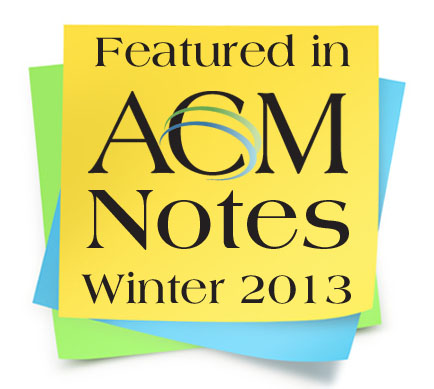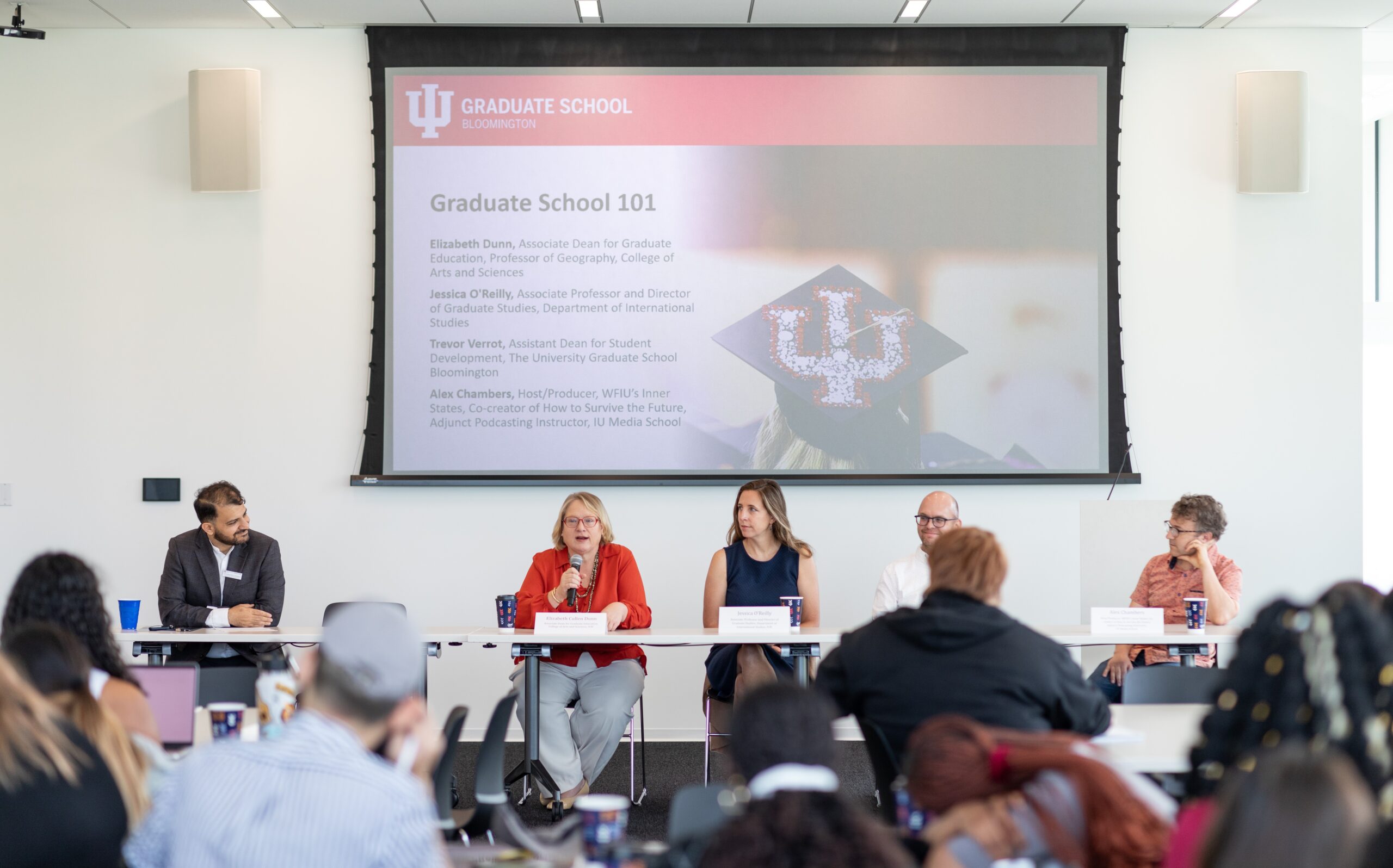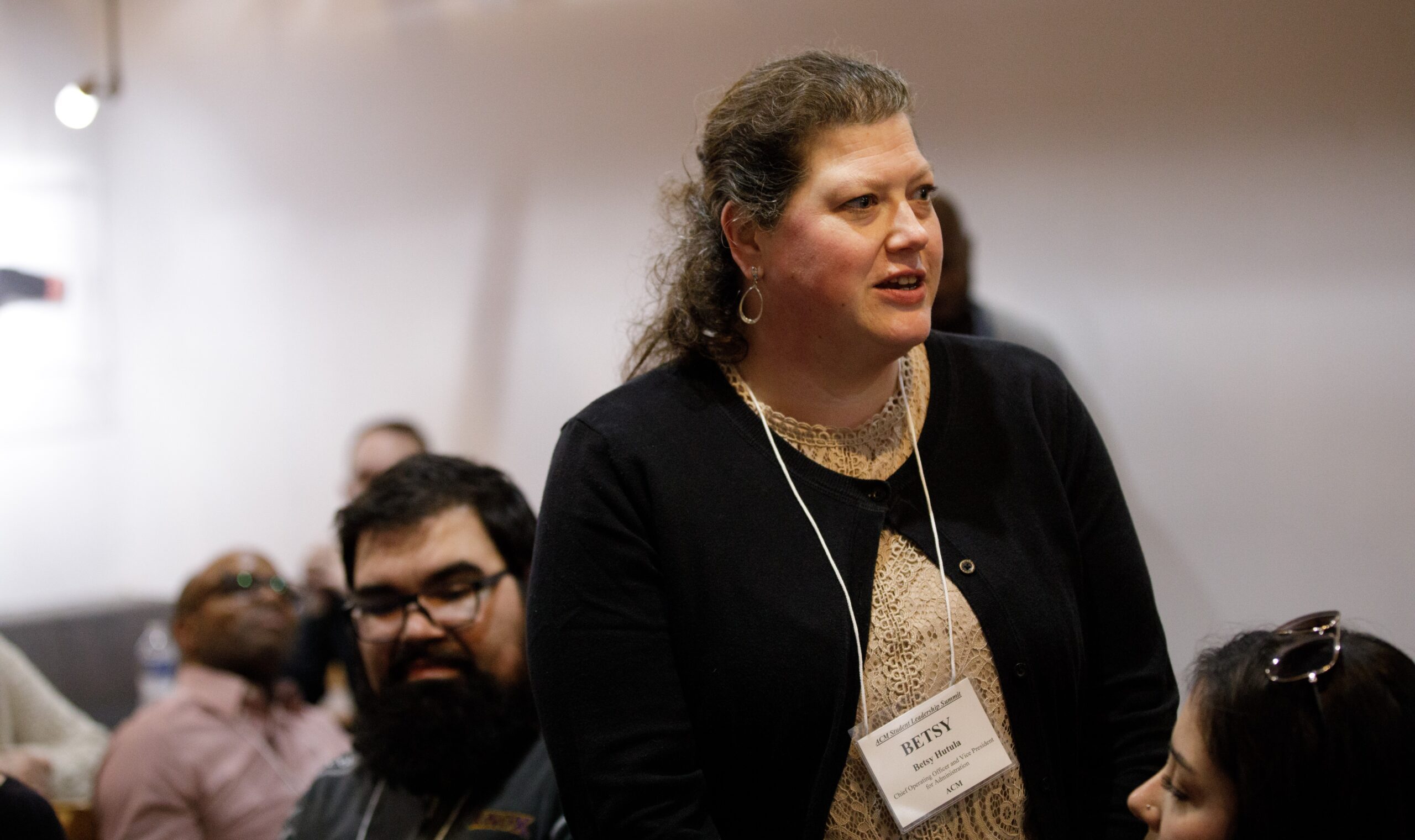“It’s discovery. It’s finding amazing things about the world around you,” said Colorado College professor William Davis, describing what students can expect during a semester at the Newberry Library in Chicago.
If the idea of doing research in a library conjures up the image of a solitary figure cocooned among piles of books and manuscripts, think again.
“When you’re in the Newberry Library, in this realm of scholarship and study, you can really concentrate on working with other people,” Davis said. “It’s just not the same as sitting with your laptop in a dorm room somewhere, typing around in Google to see what you can find about a topic.”
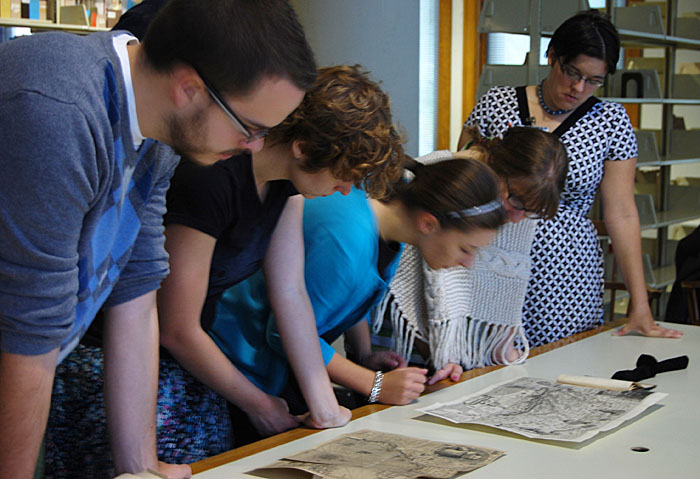 Newberry Seminar participants examining maps during a presentation by library staff.
Newberry Seminar participants examining maps during a presentation by library staff.
Next fall, Davis and a colleague at Colorado College, Eric Perramond, will lead the ACM Newberry Seminar: Research in the Humanities. It’s clear they see the program as a place where students use their creativity and develop their research skills as part of a community of scholars – no solitary figures there – with both immediate and long-term benefits.
“I think the kinds of research skills you develop in a place like the Newberry and the way we’ve designed the course for this kind of close, guided mentorship will be invaluable when [students] return to campus,” Perramond said. “They will know what it takes to do a sustained, disciplined practice of research and inquiry.”
The experience certainly is applicable to any kind of paper or thesis a student will tackle in college, and the seminar provides a taste of graduate school, as well. But that’s just the start.
 Eric Perramond
Eric Perramond
“In terms of relevance to the ‘real’ world – anywhere you go after college – you’re going to be doing some kind of research,” Perramond continued. “Not everyone has those skills to be able to use different sources, fuse them, synthesize, and make a very powerful argument, both orally and in written form, and that’s something that people do every day in business and most any profession.”
Perramond, a geographer by training, teaches Southwest studies and environmental science, and Davis is a professor of comparative literature and German. Their backgrounds and interests are a good fit for their seminar topic at the Newberry – “Representing the Other in Image, Text, and Landscape” – which broadly focuses on encounters between the Old World and the so-called New World, and the ways that both Europe and the Americas were influenced and transformed as a result.
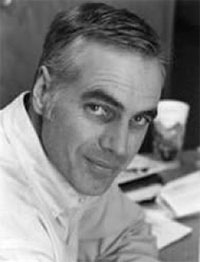 William Davis
William Davis
As a Europeanist, Davis noted, “I’ve taught courses and a lot of literary texts that are on this general topic. [Eric’s] interests in geography and demographics and movements of people and changing ethnic groups around the world, particularly in the Americas, link together well [with mine].”
During the first six weeks of the seminar, students will plunge into a set of common readings and begin to explore the Newberry’s vast and varied holdings. After that, they will turn increasingly to their independent research projects, which culminate in substantial papers based on primary source materials.
The research process – formulating questions, finding and evaluating sources, framing a topic, shaping arguments, and taking a paper through revisions to the final product – will be intensive, according to the two professors. It will take place within an atmosphere of shared enterprise, both in the seminar and throughout the entire Newberry Library, which attracts scholars from around the world to use its collections.
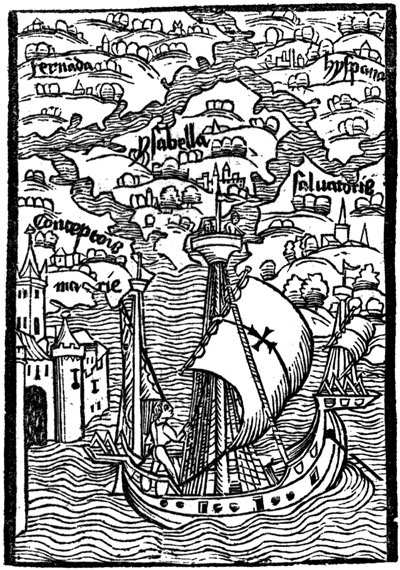 “Columbus Arrives in the New World,” in Carlo Verardi, In Laudem Serenissimi Ferdinandi Hispania[rum]… Ayer 107.56 1493 1492. Click for a larger image.
“Columbus Arrives in the New World,” in Carlo Verardi, In Laudem Serenissimi Ferdinandi Hispania[rum]… Ayer 107.56 1493 1492. Click for a larger image.
Courtesy of the Newberry Library
“Being together as a community of scholars is an aspect we want to emphasize from the very first day,” said Davis. “We’re in this together and working together. Being in the library itself, you are surrounded by scholars who are working there, who know the place backwards and forwards, and you get to be a part of that.”
The Newberry’s staff are a vital part of that community. In talking with past seminar participants, Perramond said, “It was fascinating to hear from them that what they remembered most was the specific help they received from the staff at the Newberry. They are fabulous fonts of knowledge for very specific sources.”
As the students make the transition into working primarily on their individual projects, twice weekly meetings will gather the group to share their work with each other, as well as with Davis and Perramond. “What are you working on? What are you struggling with? What source do you need to bridge this thought and that thought? These are the kinds of things we hope to be able to offer,” said Perramond. “I think that’s really a necessary thing. I’m a total convert to this aspect of peer learning and peer review.”
“Reading each other’s work, critiquing each other, that’s an important component of this,” Davis added, “but it’s something that not all students get a chance to do very much.”
Students in the Newberry Seminar come from a variety of majors, and Davis and Perramond are looking forward to that diversity of viewpoints, as the students come together on the common ground of inquiry and research.
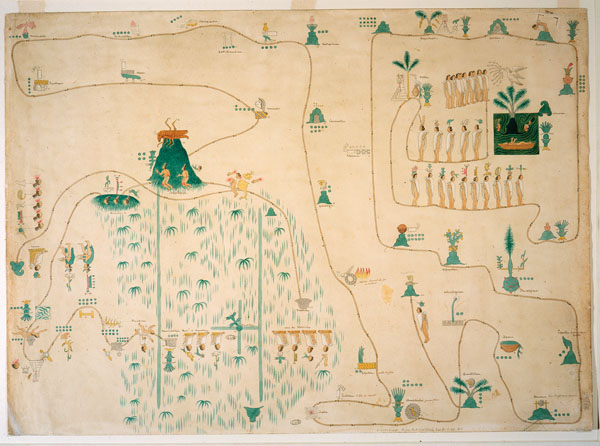 Detail from Frédéric de Waldeck, Nahuatl glyph map of Aztec migration from Aztlan to Tenochtitlán. Ayer Art Waldeck E1 #21. Click for a larger image.
Detail from Frédéric de Waldeck, Nahuatl glyph map of Aztec migration from Aztlan to Tenochtitlán. Ayer Art Waldeck E1 #21. Click for a larger image.
Courtesy of the Newberry Library
“From the perspective of the liberal arts, the idea of the seminar, regardless of the topic, is for students to see how different disciplines in the humanities and social sciences overlap and affect each other,” said Davis.
“I think the [academic] silos collapse immediately when you go into something like [the Newberry Seminar], because then it becomes more about the compelling stories you can find in this building,” Perramond said. “We call it the research semester in the humanities, but fundamentally the sciences, the humanities, and social sciences are all after versions of a story that are closer to truth. How close can you get to it? How fair can you be with original sources, or data, or information, or a photograph, or a map?”
“It’s a creative thing,” said Davis. “You’re creating a research paper like this. You’re not just finding a bunch of facts and writing them down. You’re synthesizing them and making something new. It’s adding to the understanding of the world.”
Links:
- Newberry Seminar: Research in the Humanities
- Fall 2013 seminar: Representing the Other in Image, Text, and Landscape
- William Davis’ bio on the ACM website and his faculty profile page
- Eric Perramond’s bio on the ACM website and his faculty profile page
- The Newberry Library






